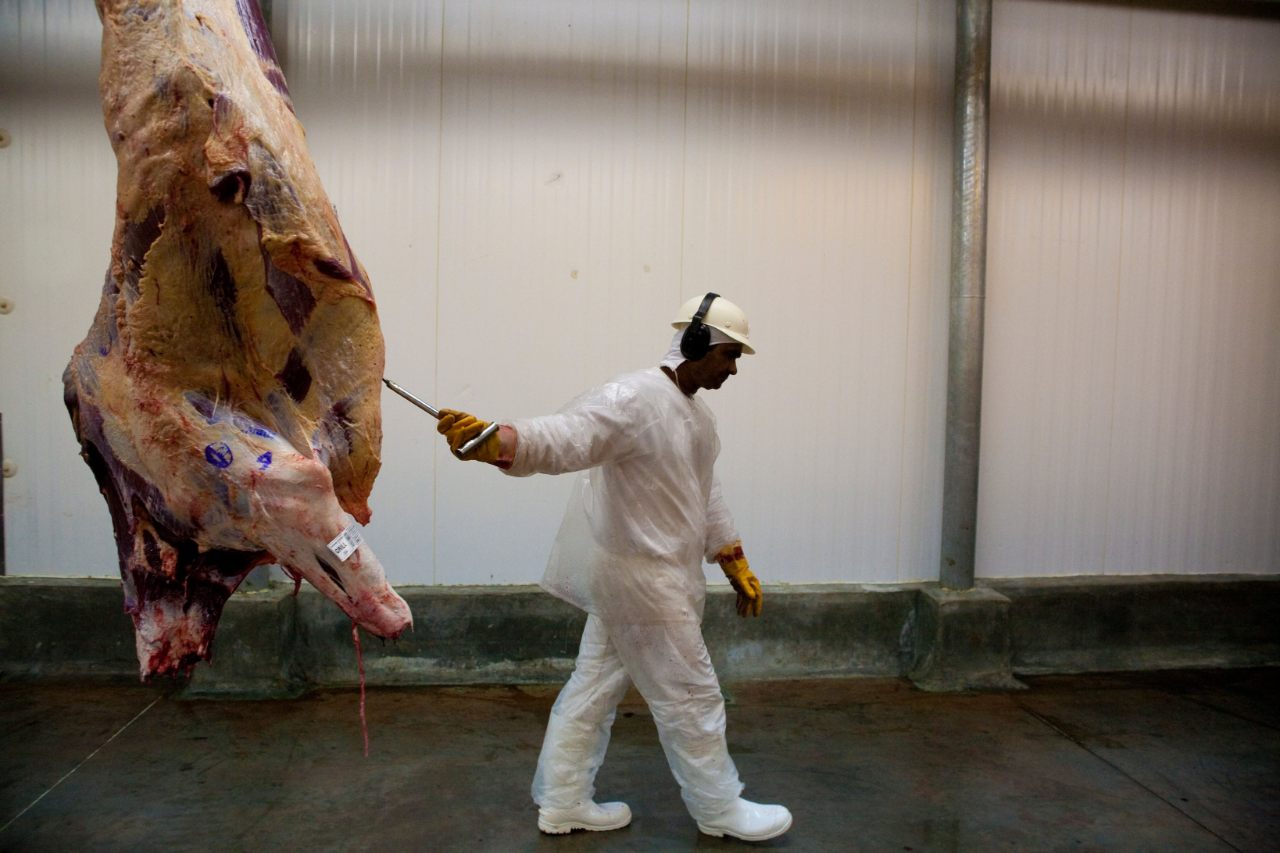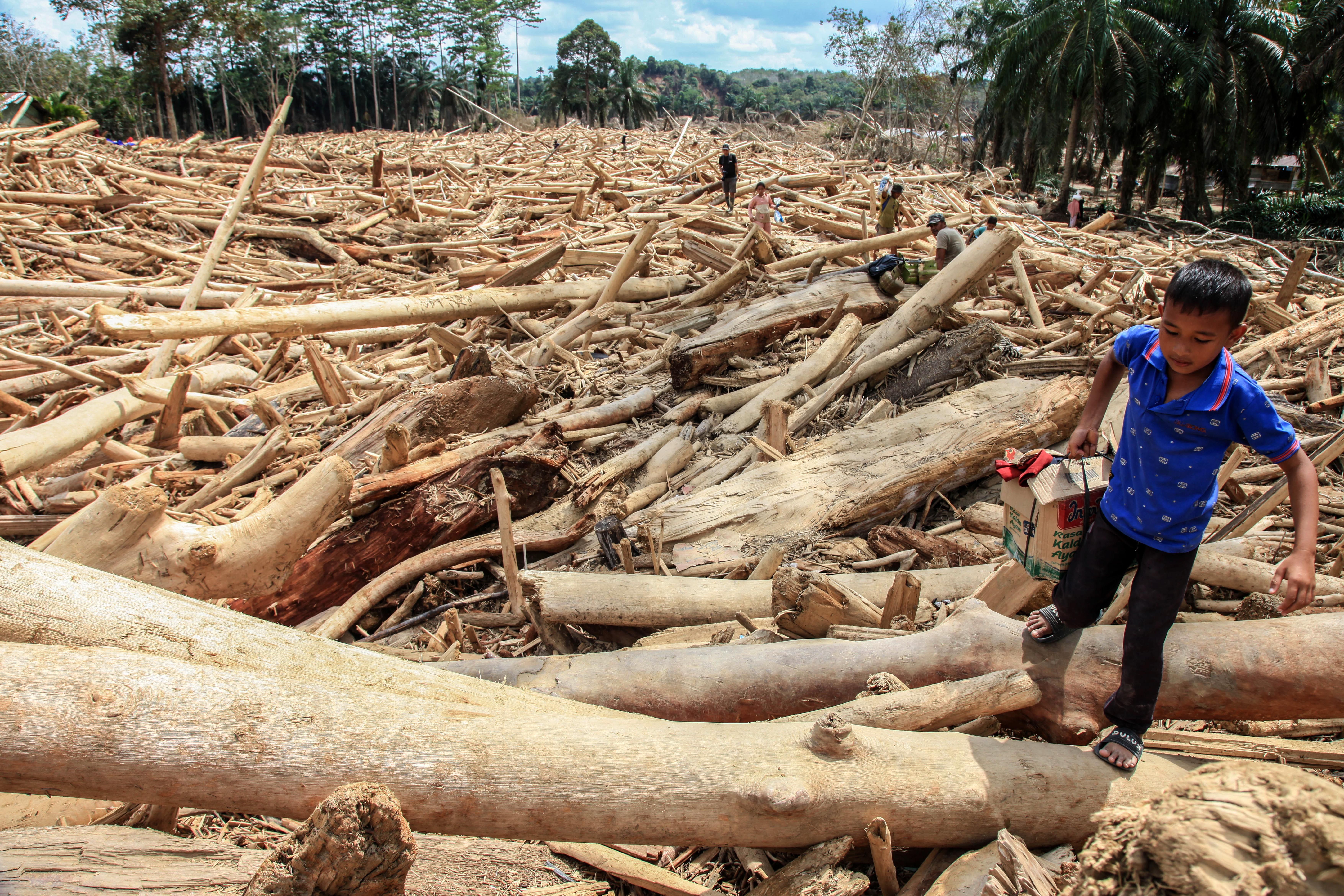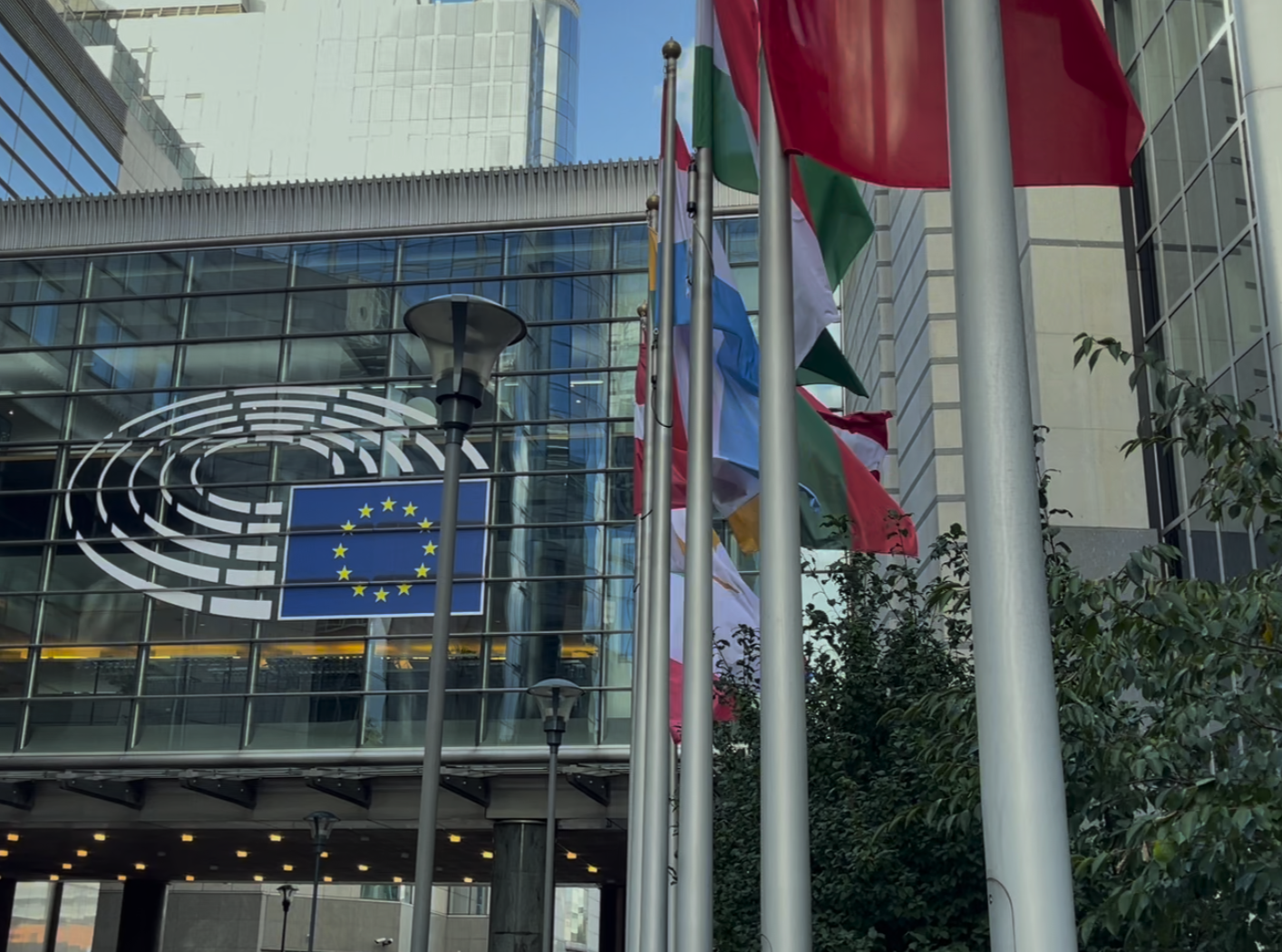
Brazilian slaughterhouses are under increasing pressure to address their environmental footprints.
- A potential 21 million tonnes of Greenhouse Gas emissions embedded in Europe’s 2019 Brazilian beef imports - equivalent to carbon footprint of 2.4 million EU citizens
- More conservative estimates still as high as 2.6 to 4.9 million tonnes – equivalent to annual emissions of 300,000 to 465,000 Europeans
- Imported emissions highest in Italy, followed by Netherlands, Spain, Germany and the UK
- Majority of imported emissions stem from cattle ranching in Mato Grosso, an Amazon and Cerrado state heavily exposed to illegal deforestation
- Two firms - Silca and JBS - responsible for nearly a quarter and several firms importing more emissions than entire countries
- Weak cattle sector traceability and importer due diligence obscures actual emissions, while estimated footprints demonstrate need for EU due diligence laws
London, 2 September 2020 - Europe’s ongoing demand for Brazilian beef generates significant carbon emissions from cattle ranching in Amazon and Cerrado landscapes, new analysis by Earthsight details.
Researchers at the London-based NGO found that European beef imports into the top five countries last year could have generated as much as 20.8 million tonnes of Greenhouse Gas (GHG) emissions in Brazil - equivalent to the annual footprint of 2.4 million EU citizens.
Even when using more conservative estimates, emissions could have reached as high as 2.6 to 4.9 million tonnes of CO2e (tCO2e), equivalent to the annual emissions of up to 465,000 Europeans.
Italy’s beef imports generated the highest estimated emissions in Brazil, followed variously by the Netherlands, Spain, Germany and the UK, depending on the model of production applied.
Italy had the highest embedded carbon footprints, ranging from 244,440 to 1.1 million tCo2e when using average emissions estimates across differing pasture or management type in Brazil’s top five states of export.
The higher figures reflect emissions if trade is dominated by carbon intensive production methods linked to deforestation, while lower figures reflect deforestation-free low carbon production. Italy’s footprint risk rises to 1.2 million to 1.8 million tCo2e if beef is derived from the most prevalent management type - stable pasture – which has high estimated emissions rates.
Deforestation is the most important factor determining the carbon footprint of Brazilian beef.
Amazon deforestation has increased every year since 2017, and by 30 per cent in 2019. Clearances in the first six months of 2020 were 24 per cent higher than the same period in 2019, reaching 2,544sq km, while analysts predict fires in the region could outstrip last year’s levels.
The high emissions estimates reflect Europe’s reliance on cattle reared in Mato Grosso, Brazil’s second most deforested state and home to swathes of Amazon and Cerrado forest.
Illegal deforestation has beset Mato Grosso, yet a third of Europe’s imports came from slaughterhouses in the state, generating 85 per cent of Europe’s estimated imported emissions.
Earthsight’s study, The carbon lottery: Estimating carbon footprints embedded in European imports of Brazilian beef, covers 88 per cent of 2019 trade and centres on Europe’s top five importing countries and Brazil’s five largest export states. The research builds on a study into carbon intensity in a range of herd management systems and pasture types recently published by Brazil’s Instituto Escolhas.
Estimated embedded emissions are dramatically concentrated in the imports of relatively few companies, Earthsight found. Just two firms (Silca and JBS) account for nearly a quarter of estimated emissions, eight firms are responsible for over half, and 27 firms make up for 80 per cent.
Italian firms Silica and Bervini Primo, Brazilian firm JBS’s European operations, and German food giant Tonnies Fleisch also have higher embedded carbon footprints than entire recipient countries.
While global GHG emissions are predicted to drop this year, Brazil is set to contradict this trend and see a rise of between 10 and 20 per cent. Deforestation accounts for nearly half of Brazil’s total GHG emissions, with agriculture and cattle ranching accounting for a further quarter.
Around 25 per cent of carbon emissions embedded in products consumed in Europe are emitted abroad. As the EU embarks on its Green New Deal and the EU-Mercosur trade pact, ensuring emissions associated with local consumption are not outsourced to Brazil will be critical.
Brazil’s cattle industry is blighted by Illegal deforestation, inadequate traceability or deforestation monitoring and has virtually no emissions monitoring systems.
To date there are no requirements on companies placing Brazilian beef on European markets to conduct due diligence into the deforestation impacts of production.
Only one of the top ten importers contacted for the study provided any emissions estimates for their beef and the carbon intensity figures received were four times higher than those used by Earthsight.
Earthsight director Sam Lawson said: “The extent of deforestation and carbon emissions risk in Europe’s Brazilian beef supply chains is frightening. Authorities in both the EU and UK have committed to taking firm action to address the impact of their consumption.
“These findings underscore the urgent need for European
leaders to pass supply chain due diligence legislation. Importers must be
forced to know the origin of their products and exclude those associated with
forest loss and other abuses.”
Notes to editors:
- Earthsight is a UK-based non-profit organisation that uses in-depth investigations to expose environmental and social crime, injustice and the links to global consumption
- For all underlying data and methodology information see the report, The carbon lottery: Estimating carbon footprints embedded in European imports of Brazilian beef
- The range of beef carbon footprints for differing cattle production methods (with and without deforestation) Earthsight applied to trade are derived from: From pasture to plate: subsidies and the environmental footprint of the beef industry in Brazil, January 2020, Instituto Escolhas.
- The 20.8 million tCO2e figure assumes 35 per cent of beef from Mato Grosso stems from degraded pasture emissions (low-productivity pastures with inadequate soil management closely linked to deforestation) while the rest is of imports from four other largest export states - Sao Paulo, Rio Grande do Sul, Mato Grosso do Sul and Goias – applying state-level average emissions.



